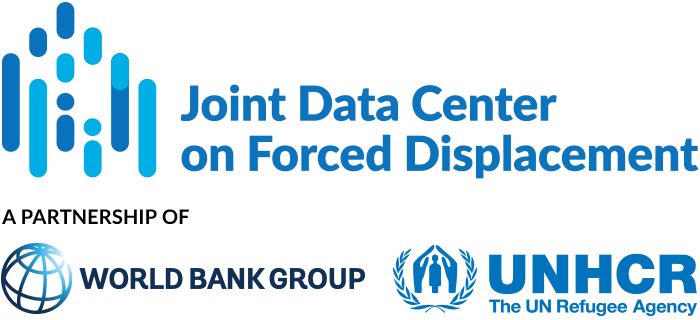This study examines the use of maternal health care services in internally displaced person (IDP) camps located on the outskirts of Mogadishu, Somalia. Maternal mortality rates in Somalia are alarmingly high at 692 per 100,000 live births. However, the residents of these IDP camps face significant challenges in accessing hospital care. Instead, they depend on maternal health services provided by humanitarian organizations through both mobile and stationary health centers.
The study analyzed survey data collected from ten randomly selected IDP camps in the Kahda and Deynile districts near Mogadishu, Somalia, during September and October 2023. A total of 410 women who had given birth in the past six months were surveyed. The questionnaire covered demographic factors, obstetric history, and healthcare access and utilization. Logistic regression analysis was used to identify associations between various covariates and the outcome variable, which was institutional delivery within the IDP camps. Significant variables were further examined using multivariable logistic regression to control for potential confounders.
Main results:
- Only 25 percent of mothers delivered their most recent child at healthcare facilities. This prevalence is significantly lower compared to studies conducted in non-IDP settings within the country.
- Marital status, occupation, age at first pregnancy, attendance of antenatal care, and knowledge of danger signs during pregnancy and childbirth were significantly linked to institutional delivery. Married women had more than twice the odds of delivering at a health facility compared to unmarried women. Women with an occupation had almost double the odds of delivering at health facilities compared to those without an occupation. Women who experienced their first pregnancy before the age of 20 had 1.7 times the odds of delivering at a health facility. Women who attended antenatal care had over 13 times the odds of delivering at a health facility compared to those who did not attend. Additionally, women who were knowledgeable about the danger signs of pregnancy and childbirth had 4.5 times the odds of delivering at a health facility.
- Several reasons were cited for choosing to deliver at home instead of health facilities. Respondents cited financial constraints, distance to facilities, emergency births, lack of transportation, facility closures, preference for the comfort of home, fear of surgical procedures, availability of traditional birth attendants in the neighborhood, and the absence of female attendants at facilities.
Despite ongoing humanitarian efforts to improve access to health facility deliveries, a significant number of women continue to give birth at home. Key factors associated with institutional delivery include marital status, maternal occupation, age at first pregnancy, attendance of antenatal care (ANC), and awareness of danger signs during pregnancy and childbirth. Addressing these factors is essential for the success of programs aimed at increasing institutional delivery rates among internally displaced persons. Interventions should be tailored to address the specific challenges related to marital, occupational, and pregnancy-related variables to effectively enhance healthcare outcomes in this vulnerable population.


